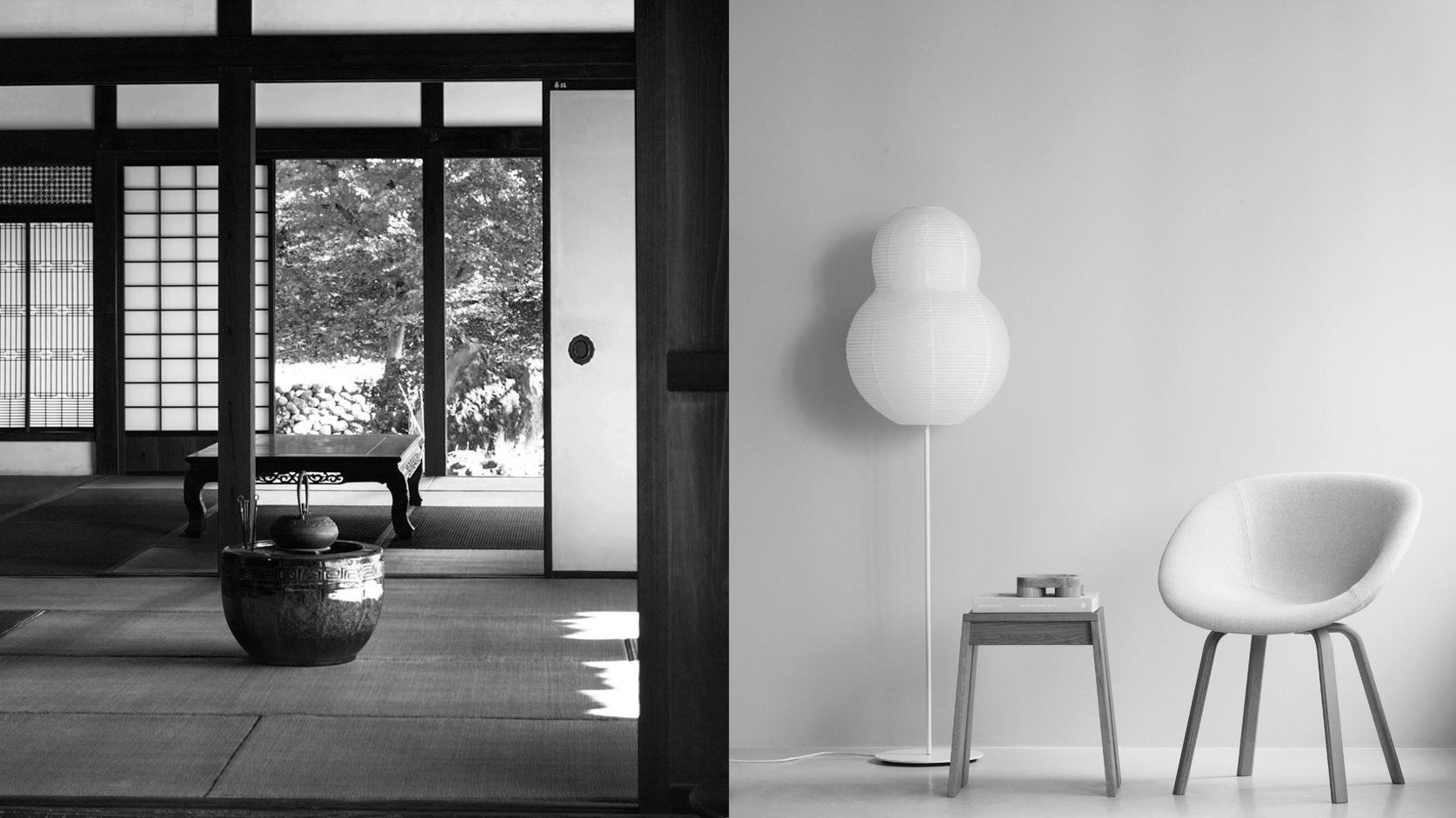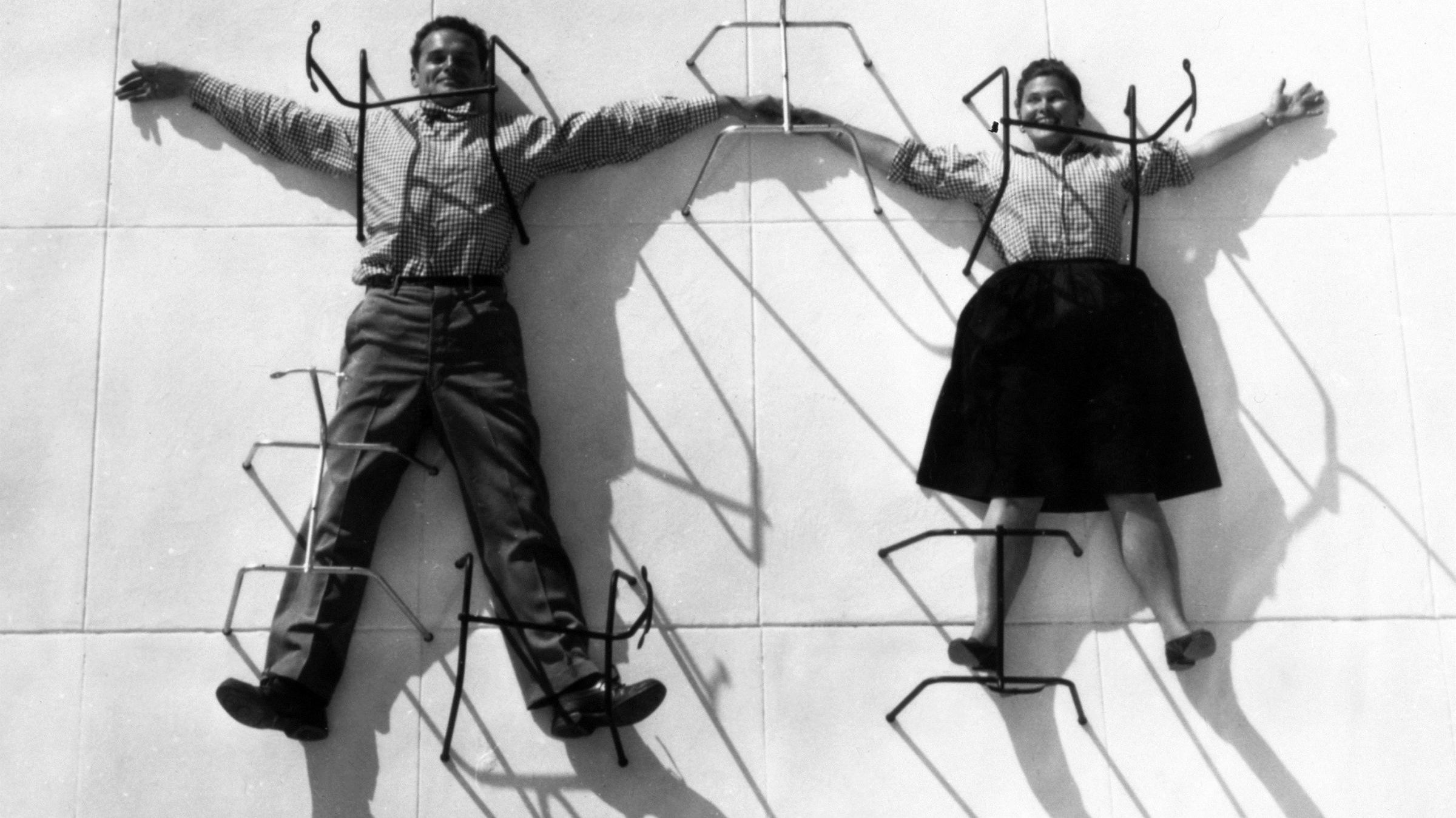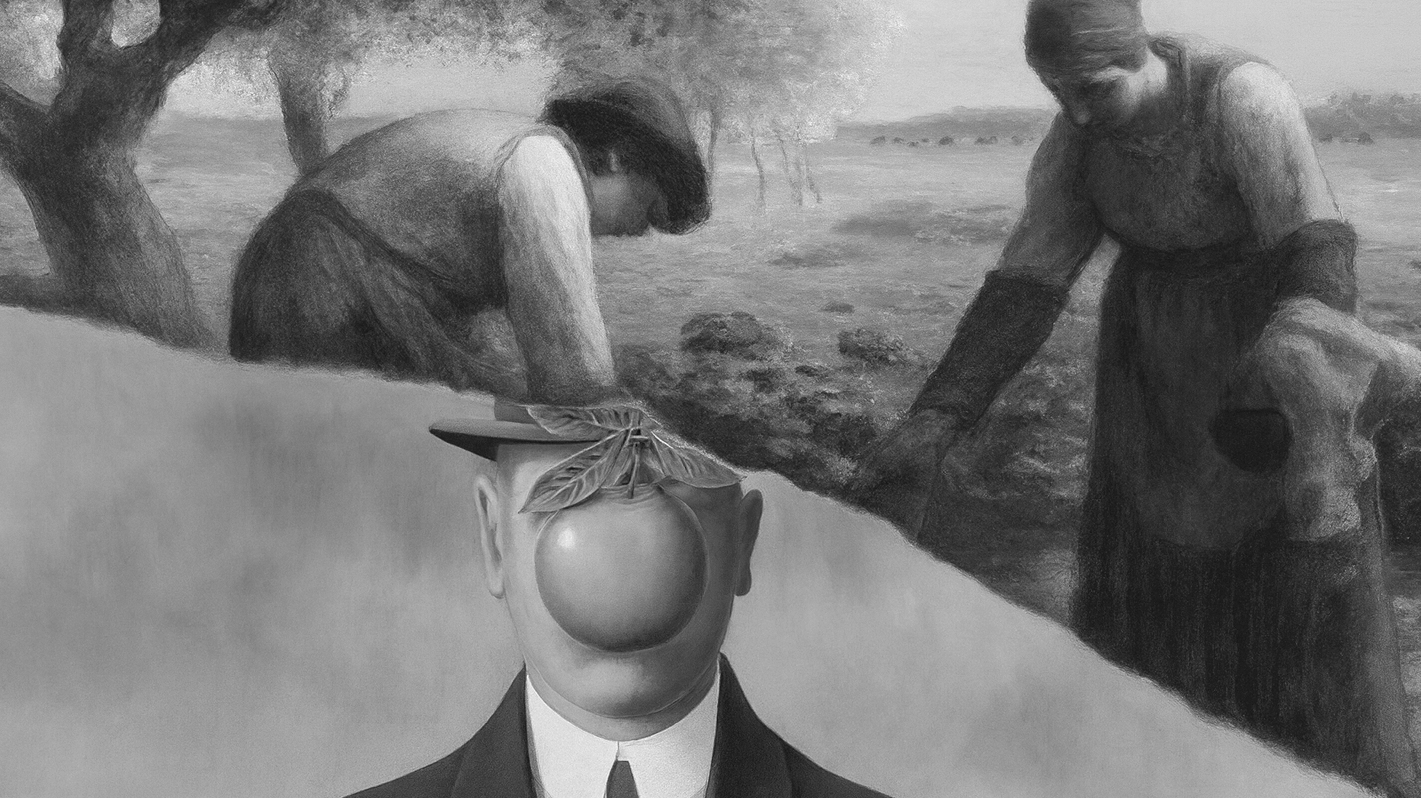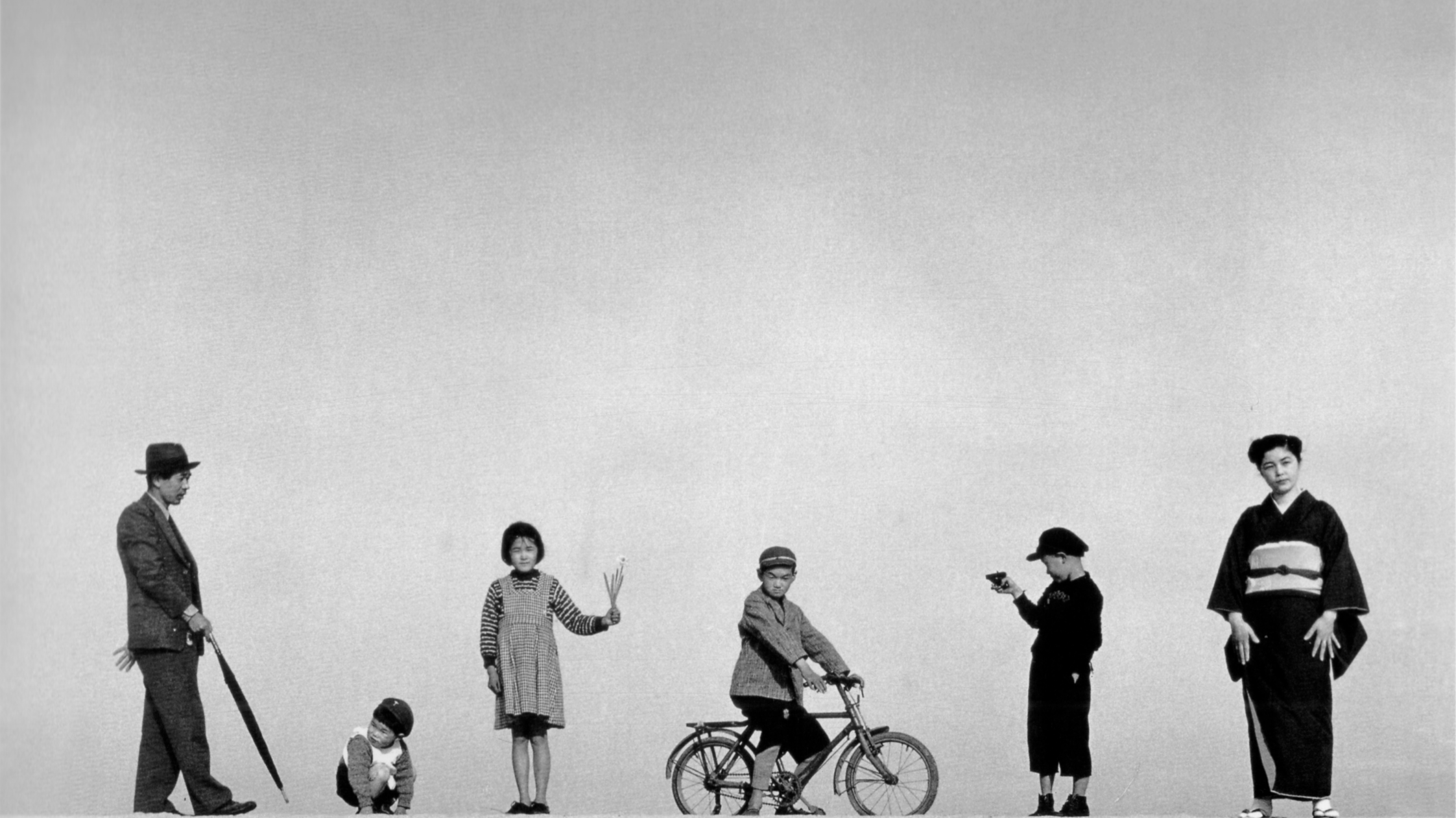We have often heard about "less is more", since the design philosophy of "less is more" has gained significant attention, primarily due to the rise of minimalism as a prevailing trend. However, there's another design philosophy that takes the opposite approach, and it's called “less is a bore”. In this article, we delve into a captivating exploration of two divergent design philosophies: "Less is More" and "Less is a Bore." These contrasting principles offer unique perspectives on the core essence of creativity, urging us to challenge our preconceptions and reassess the profound impact of simplicity and complexity in design expression.
(Choosing Between "Less is More" and "Less is a Bore" - dans le gris)
(Choosing Between "Less is More" and "Less is a Bore" - dans le gris)
What Does "Less is More" Mean?
(Choosing Between "Less is More" and "Less is a Bore" - dans le gris)
The phrase "less is more" was coined by the renowned German-American architect, Ludwig Mies van der Rohe. This influential design principle suggests that keeping things simple and clear leads to better results than making them complex and cluttered. It advocates for the removal of unnecessary elements and the focus on essential elements that convey meaning and purpose. By embracing minimalism and stripping away excess, "less is more" promotes elegance, functionality, and a sense of harmony in design. It encourages designers to prioritize the quality of each element rather than the quantity, allowing for a more impactful and refined outcome. This principle has not only shaped the field of architecture but has also permeated other design disciplines such as graphic design, interior design, and product design, where the pursuit of simplicity and clarity continues to inspire innovative and timeless creations.
(Choosing Between "Less is More" and "Less is a Bore" - dans le gris)

Architect Mies van der Rohe, 1956.
(Choosing Between "Less is More" and "Less is a Bore" - dans le gris)
The Relationship Between "Less is more" & Minimalism
(Choosing Between "Less is More" and "Less is a Bore" - dans le gris)
The relationship between "less is more" and minimalism is quite close. Both concepts share a similar ethos and advocate for simplicity, reduction, and focus on the essential elements. While "less is more" is a broader design principle that can be applied to various disciplines, minimalism specifically refers to a lifestyle or aesthetic characterized by simplicity, clarity, and the deliberate elimination of excess.
Minimalism often aligns with the "less is more" philosophy by favoring clean lines, minimal ornamentation, and a restrained color palette. It aims to create a sense of calm, order, and harmony through the elimination of unnecessary elements, both visually and in the physical environment.
While minimalism can be seen as a specific application of the "less is more" principle, it is important to note that not all instances of "less is more" are strictly minimalist. "Less is more" can encompass a broader range of design approaches and styles, while minimalism specifically focuses on simplicity and the intentional reduction of elements.
(Choosing Between "Less is More" and "Less is a Bore" - dans le gris)
• Further Reading: Minimalism in Art: Definition, Characteristics and Artists
(Choosing Between "Less is More" and "Less is a Bore" - dans le gris)

Nendo, Un-Printed Material, Creation Gallery G8.
(Choosing Between "Less is More" and "Less is a Bore" - dans le gris)
The Characteristics of "Less is More"
(Choosing Between "Less is More" and "Less is a Bore" - dans le gris)
"Less is more" is a concept that suggests that simplicity and minimalism can often lead to better results or outcomes compared to complexity and excess. Here are a few reasons why "less is more" can be advantageous:
(Choosing Between "Less is More" and "Less is a Bore" - dans le gris)
Clarity
"Less is more" embodies clarity by emphasizing simplicity and eliminating superfluous elements. By reducing clutter and eliminating distractions, the essential elements of a design become more prominent and easier to comprehend. This approach allows for clear communication of ideas, messages, and functionality.
Choosing Between "Less is More" and "Less is a Bore" - dans le gris)
Lasting Impression
Minimal design can create a more impactful visual experience. By removing distractions and emphasizing key elements, the overall message or design becomes more potent and leaves a lasting impression. Additionally, the timeless quality of minimalism ensures that the design remains relevant and visually appealing even as trends come and go, contributing to its lasting impact.
(Choosing Between "Less is More" and "Less is a Bore" - dans le gris)
Timelessness
The power of simplicity goes beyond passing trends and endures over time. By focusing on essential elements and minimalism allows the design to retain its elegance and appeal, making it a timeless and enduring aesthetic. This principle allows the design to stand the test of time and maintain its relevance and visual impact, regardless of changing design trends. Minimalistic designs have the ability to retain their relevance and aesthetic appeal for extended periods, as they are not confined to specific fads or styles.
(Choosing Between "Less is More" and "Less is a Bore" - dans le gris)
Focus on Quality
"Less is more" can also be considered as a focus on quality because it prioritizes the essential elements and eliminates unnecessary distractions. By reducing the quantity and complexity, attention can be directed towards ensuring that each element is of high quality and serves a specific purpose. This approach allows for a more refined and thoughtful design, emphasizing the importance of quality over quantity.
(Choosing Between "Less is More" and "Less is a Bore" - dans le gris)
What Does "Less is a Bore" Mean?
(Choosing Between "Less is More" and "Less is a Bore" - dans le gris)
"Less is a bore" was coined by Robert Venturi. This design philosophy promotes the use of multiple layers of pattern, color, and texture to create a visually stimulating environment that celebrates complexity, abundance, and maximalism. "Less is a bore" is associated with the world of postmodern architecture, representing a rejection of minimalism in favor of intricate designs and expressive forms. It serves as a poignant critique of the prevailing dominance of minimalism and highly functional forms in architecture since the 1940s. According to Venturi, he believed that strictly adhering to the modernist principles of simplicity and minimalism had led to an architecture that was sterile and uninteresting. In response, Venturi proposed that architects should instead embrace complexity, ornamentation, and historical references.
(Choosing Between "Less is More" and "Less is a Bore" - dans le gris)

Robert Venturi, Vanna Venturi House, Philadelphia, USA, 1964.
(Choosing Between "Less is More" and "Less is a Bore" - dans le gris)
The Characteristics of "Less is a Bore"
(Choosing Between "Less is More" and "Less is a Bore" - dans le gris)
Rather than aiming for simplicity and reduction, "less is a bore" celebrates the concept of abundance. It challenges the notion that excess is inherently negative and encourages embracing the richness of life and design possibilities. Let's see why "less is a bore" can also be attractive:
(Choosing Between "Less is More" and "Less is a Bore" - dans le gris)
Expressive and Creative
Compare with "less is more", "less is a bore" incorporating more elements, colors, textures, and patterns, designs can become more expressive and visually rich. This approach celebrates individuality and allows for a greater range of creative expression. "Less is a bore" encourages designers to create visually captivating and dynamic compositions that evoke individuality and engage the viewer on a deeper level.
Choosing Between "Less is More" and "Less is a Bore" - dans le gris)
Historical References
"Less is a bore" encourages the incorporation of historical references in design. By drawing inspiration from various styles, eras, and cultural influences, designers can infuse their creations with a sense of depth and storytelling that resonates with a broader context. By integrating historical references, "less is a bore" promotes a design language deeply connected to heritage and history, resulting in visually captivating designs.
(Choosing Between "Less is More" and "Less is a Bore" - dans le gris)
Individuality
By encouraging the inclusion of diverse elements, styles, and influences. "Less is a bore" celebrates the uniqueness of each design and allows for personal expression, enabling designers to create truly distinct and unconventional compositions. Through its rejection of uniformity and embrace of an eclectic approach, "less is a bore" empowers individuals to express their unique creative identities and challenge traditional design norms.
(Choosing Between "Less is More" and "Less is a Bore" - dans le gris)
Abundance
"Less is a bore" is considered as celebrating abundance because it embraces the idea of incorporating a wide range of elements, colors, textures, and patterns in design. Instead of adhering to minimalistic principles of simplicity and reduction, this design philosophy revels in the richness and diversity of visual elements. By embracing an abundant approach, "less is a bore" allows for a greater exploration of possibilities, creating designs that are visually captivating and sensorially stimulating.
(Choosing Between "Less is More" and "Less is a Bore" - dans le gris)

Les Orgues de Flandre, 19e arrondissement Paris, 2014.
(Choosing Between "Less is More" and "Less is a Bore" - dans le gris)
Continue Reading:
• Ma: The Japanese Aesthetic of Negative Space and Time
• Minimalist Interior Design: Key Principles and What You Need to Know
• Postmodern Architecture: Definition, Characteristics and Examples
• Deconstructivism: From Philosophy to Contemporary Architecture
(Choosing Between "Less is More" and "Less is a Bore" - dans le gris)
About Us
Dans Le Gris is a brand that began with everyday jewelry, with each handmade piece designed and crafted in Taiwan. We deeply value every detail, dedicating ourselves to creating timeless pieces through collaboration with experienced craftsmen.
In our journal, we provide irregular updates featuring articles about art, culture, and design. Our curated content encompasses diverse aspects of life, with the aspiration to offer meaningful insights and inspiration.






